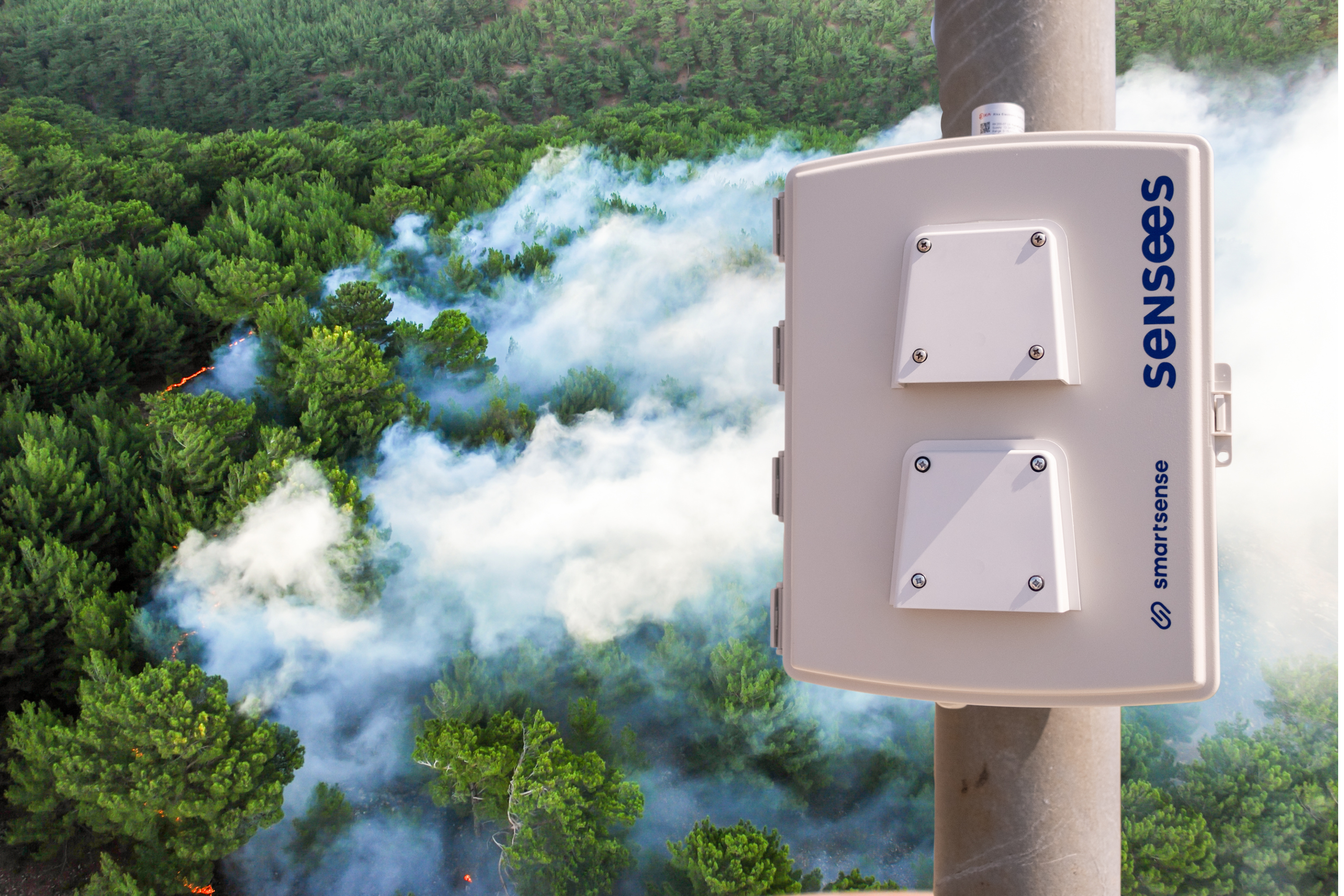Blog The Connection Between Summer Fires and Air Pollution - Three main tips on how to act
28 — 7 — 2023

Summer is a cherished season for enjoying the outdoors, but it also brings with it the unfortunate reality of increased air pollution due to wildfires.
These wildfires release various pollutants like particulate matter (PM), nitrogen oxides (NOx), and volatile organic compounds (VOCs) into the air, significantly impacting air quality and human health. It's is even more concerning that this kind of smoke can travel hundreds or thousands of miles.
Particulate matter consists of sulfates, nitrates, ammonia, sodium chloride, black carbon, mineral dust and water, they can be inhaled into the lungs, leading to respiratory issues such as asthma, bronchitis, and heart disease. NOx and VOCs can react in the atmosphere to form ground-level ozone, another harmful pollutant that worsens respiratory problems and reduces lung function.
The impact of wildfires on air quality varies based on factors like fire location, fuel type, and weather conditions. Generally, wildfires result in considerable outdoor and indoor air pollution, especially in areas downwind of the fire. In addition to outdoor air quality, we must also prioritize monitoring indoor spaces. Fire smoke can effortlessly penetrate our closed homes, where we often seek refuge from the sun and intense heat. Keeping an eye on indoor air quality is equally vital to ensure our well-being.
The importance of air quality monitoring during summer wildfires cannot be overstated. Air quality monitoring can help to identify areas that are affected by wildfire smoke and to alert people to the potential health risks. It can also help to track the movement of wildfire smoke and to predict when air quality will improve.
Air quality monitoring can be done in various ways. Air quality monitors like Sensees Environment are commonly used to measure various outdoor air quality parameters like different PM particle sizes, gasees, and a vide spectrum of other environmental parameters such as temperature, wind, humidity and many more. Satellite imagery is another effective method, detecting and tracking wildfire smoke over time, keeping people informed about air quality in their areas.

Another way to monitor air quality is to use satellite imagery. Satellites can detect the presence of wildfire smoke and can track its movement over time. This information can be used to help people stay informed about the air quality in their area.
Air quality monitoring is an important tool for protecting public health during summer wildfires. By monitoring air quality, we can identify areas that are affected by wildfire smoke and take steps to protect ourselves from the harmful effects of air pollution.
Here are three main tips for staying safe during summer wildfires:
1. Stay informed about air quality conditions in your area. You can check air quality reports online or by calling your local air quality agency.
2. Avoid outdoor activities when air quality is poor. If you must go outside, wear a mask that can help to filter out pollutants.
3. If you have respiratory problems, such as asthma or bronchitis, talk to your doctor about how to protect yourself during summer wildfires.
By following these tips and actively monitoring air quality, we can safeguard our health during summer wildfires. Let's stay informed and take necessary precautions to protect ourselves and our communities from the harmful effects of air pollution.
References:
https://climate-adapt.eea.europa.eu/en/observatory/evidence/health-effects/wildfires/wildfires
https://www.epa.gov/wildfire-smoke-course/challenges-predicting-smoke-concentrations
https://www.epa.gov/air-research/wildland-fire-research-health-effects-research
https://civil-protection-humanitarian-aid.ec.europa.eu/what/civil-protection/wildfires_en
https://jamanetwork.com/journals/jamadermatology/article-abstract/2778635
Drag